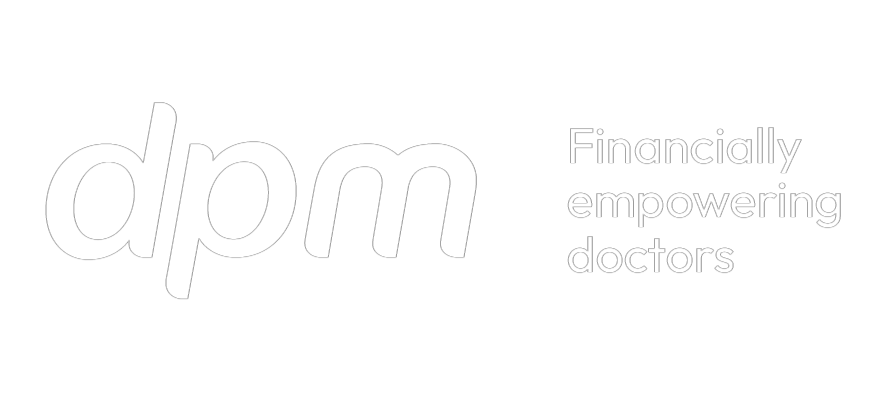Many students who finish their medical degrees often start their careers with significant debt as a result of completing those degrees. The debt we are referring to is what we call HELP (Higher Education Loan Program) in Australia and is commonly used to pay for one or more tertiary degrees.
What is HELP?
By choosing HELP as the method for paying your student fees, you are essentially deferring payment of your fees by having the government loan you the funds. You repay the Government once your income has reached a certain threshold.
Types of HELP
There are a few different types of HELP debt available to you at different stages of your study. They have different characteristics so you should seek advice around how your HELP is setup.
- HECS-HELP: This means the Government has paid for a portion of your fees (Higher Education Contribution Scheme) and you have received a discount. As the fees are already reduced, you cannot access a tax deduction on this amount at any stage.
- FEE-HELP: You are paying the full fee for the course of study by adding the fees to your HELP debt. If this is postgraduate study (undertaken once you have commenced working as a medical professional) you may be entitled to a tax deduction.
- OS-HELP: Can be obtained to undertake studies overseas and is deductible where the course of study has a sufficient connection to your current income.
- SA-HELP: Can be obtained to help pay for Student Amenities fees and is deductible where the course of study has a sufficient connection to your current income.
How are repayments calculated?
HELP repayments are based on your annual Adjusted Taxable Income (ATI) which is calculated in your tax return each year.
Your ATI includes the following:
- your taxable income
- reportable fringe benefits or RFBs (being the effect of salary packaging)
- investment losses (such as a negatively geared rental property)
- additional superannuation contributions and tax-free pensions
Once your annual ATI exceeds the lower threshold ($55,874 for the 2018 financial year and $51,957 for the 2019 financial year), your tax return will include a repayment of HELP at 4% (reducing to 2% in 2019) of your ATI as a minimum. The percentage increases as your income increases, so the more you earn, the higher your repayment will be. The repayment scale slides up to an 8% repayment for those with an ATI exceeding $103,766 in 2018 ($107,214 in 2019).
How do I repay it?
When you start a new job, you will need to advise your employer that you have a HELP debt so that they can withhold the estimated repayments from your pay. You do this by completing a Tax File Number (TFN) Declaration at the commencement of your employment and selecting ‘Yes’ to Question 11(a) ‘Do you have a Higher Education Loan Program (HELP)…debt’. Your final ATI is not known until the lodgement of your income tax return and this is when the repayment is reconciled and credited against your HELP debt.
How does Salary Packaging affect HELP?
It is important to note that by salary packaging, your HELP repayment will be ‘accelerated’ because your RFBs (Reportable Fringe Benefits) are added back to your taxable income to obtain your ATI (see above). Your employer does not usually allow for this add back and this can create a shortfall when you lodge your income tax return. However, your net tax position is always going to be more favourable by packaging.
Should I pay my HELP off faster?
The government recently reduced any incentives for paying back your HELP debt faster by making voluntary repayments. As the benefits are so minor and the debt is one of the cheapest you will ever have (it is only indexed with inflation), repaying your HELP debt through your tax return is often your best option.
If you have any queries about your HELP debt or need any other tax & accounting advice in order to optimise your tax position, book a no-obligation consultation with a DPM tax consultant today.
* The information contained in this site is general and is not intended to serve as advice. DPM Financial Services Group recommends you obtain advice concerning specific matters before making a decision.





